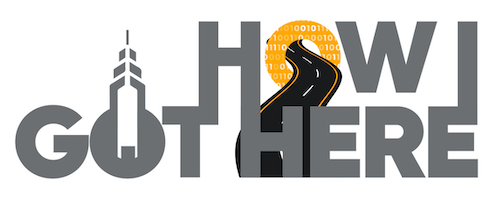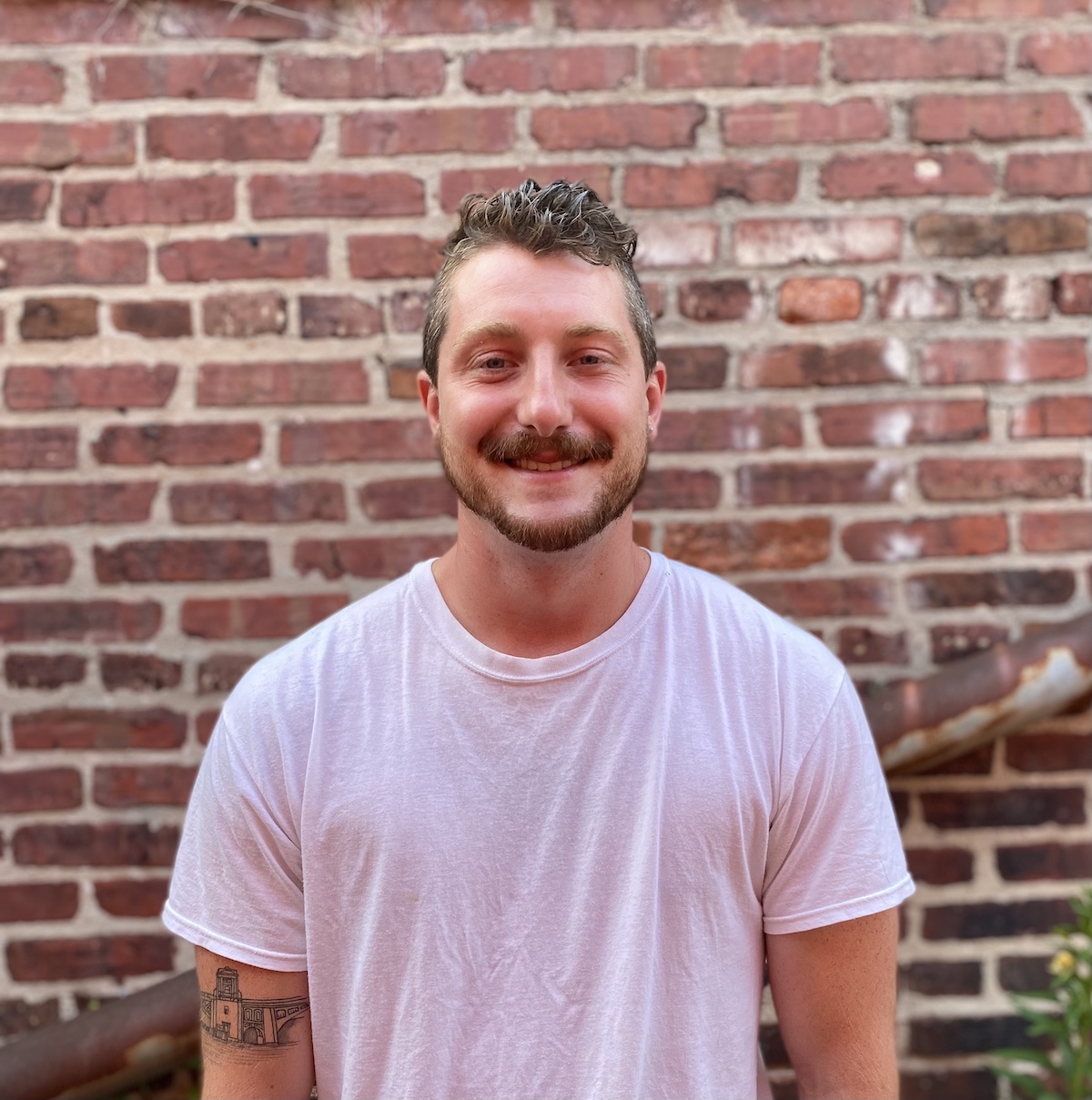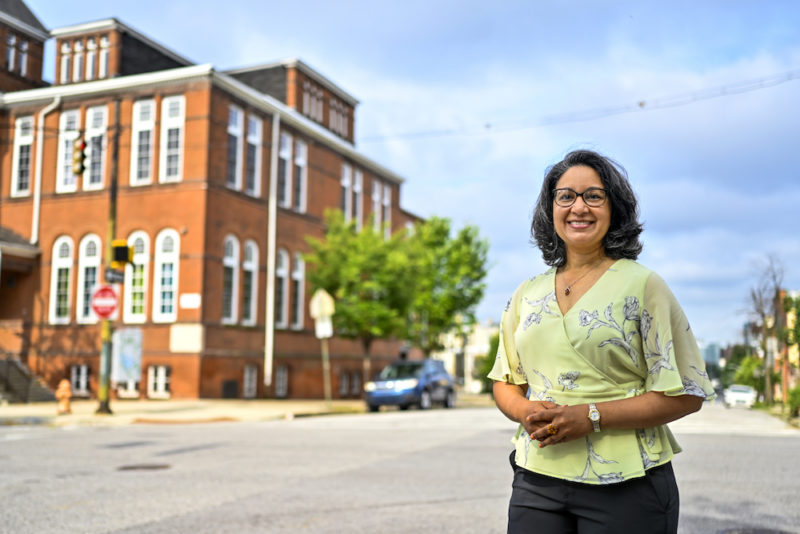But Seema Iyer makes it look easy. One of her go-to tools is the extended metaphor, like describing the city as an aircraft in need of an omnipresent navigator, or (nodding to Morgan State University’s Dr. Lawrence Brown) a butterfly struggling to get airborne with drooping wings.
“The metaphors are important because otherwise it’s so theoretical,” Iyer told Technical.ly. “No one wants to hear me talk about theory, which I could do, but that’s not going to help anybody. I absolutely believe that people are looking for very practical, tactical, ‘What do I do now?’ information.”
This understanding has propelled Iyer to success in leading the Baltimore Neighborhood Indicators Alliance (BNIA) at the University of Baltimore’s (UB) Jacob France Institute, Charm City’s reliable hub for neighborhood-level data and citywide analysis of pressing issues. But this week, after more than a decade with BNIA, Iyer begins a new role with a more global focus.
She’ll now serve as senior director of The Hive, a data science innovation lab that supports USA for the United Nations High Commissioner for Refugees. The position requires her to lead a seven-person team that enhances USA for UNHCR’s programming, which seeks to elevate the conversation around the national and global refugee and resettlement crisis.
Iyer has been a highly influential figure in planning and data-informed governance since 2005 when she came to work in Baltimore’s Department of Planning (after posts that took her to the former Soviet Union and India). Naturally, then, Technical.ly wouldn’t miss a chance to ask for reflections on her time here, how the city can better harness data to guide neighborhood health and her ongoing plans (spoiler: she’s happily staying put in Baltimore) in this Exit Interview.
(This Q&A has been edited and condensed for clarity and brevity.)
###
Technical.ly: You’ve put a total of 18 years into intensely focused data analysis and research about Baltimore. Do you feel city leaders and decision-makers have embraced a data-informed approach to policymaking and problem-solving?
Seema Iyer: I would say there’s a spectrum of that, right? Certainly, there are way more data options today. Open Baltimore hasn’t necessarily achieved its full potential, but it’s here, it’s being maintained and there’s some good information up there — and hopefully it’ll only get better. Data availability, I think, is really different than when I got here in 2005. And I do think there’s a focus on performance, really measuring how well you’re doing something in terms of government performance.
I’m not sure we’re at a point where I can say we’re a strategically minded city using data. I think we’re getting there, but in the best-case scenario, data should be part of your navigation team. Maybe other people are the pilot, but you don’t bring a navigator onto a plane just when you’re going to land. The navigator is there the whole time. And that part is not always there. There are pieces to it, certainly; Some City Council members have a very strategic focus on data. So I haven’t lost hope, though I wouldn’t say we’re at a place where all of our policies are data-driven, no.
And here’s the thing, again, if you’re navigating a plane, you have to adjust accordingly, right? That’s the thing about data – you might use data to start something, but what you really want is your data to help you implement something. And implementation is where [you can say], “Oh, this didn’t work, I have to adjust, and the data is telling me something about how I need to adjust.”
What does democratization of data — something BNIA helped to spearhead — mean for a resource-challenged and segregated city like Baltimore?
This idea of democratizing data is not just about making it open. It’s about making it useful and making it actionable. When Freddie Gray’s death happened right outside our window in 2015, we literally had just put out the next edition of Vital Signs. And when you looked at the edition from 2001, not much had changed. We went back and looked at our mission statement, and it says that data is here to hold us all accountable, So how can I, in good conscience, be putting out the same map for literally 15 years — or, in some cases, a worse map?
Democratizing at that moment became, we have to get it involved in urban governance, which means that it’s not just a matter of putting data out there, making sure it’s technically open and letting the chips fall where they may. It’s about getting involved in the decision-making process, being at the table when people are trying to make decisions. It’s not just about sharing data with community leaders and elected officials. We have to get to the media. We have to get to advocates. We have to work with the business community, which is also making decisions this way. So we’re taking a much broader view of who’s involved in urban governance. That became part of democratizing data.
In some ways, it’s everybody — everybody has a piece to play in making our city better. And I think that message was new after 2015, and really forced us to get into different rooms.
You shouldn’t just be complacent thinking that your neighborhood is fine because it’s not fine.
You wrote in a recent departure announcement that you’re particularly proud of BNIA’s Baltimore Community Change Project, which launched early this past year. What has this whole process of community engagement around data shown about Baltimore’s neighborhoods?
The Baltimore Community Change Project showed us not that the body of our city, which Dr. Brown calls “the White L,” became less white. It’s actually become less white over the decade, with more people of all kinds of ethnicities moving into what we might consider the body of the city. Unfortunately, the wings of the city, what Dr. Brown terms the Black Butterfly, they’re getting weaker. They’re losing people, power with political representation, and that’s not boding well for strengthening them right now. The analogy is that we get a body that’s getting stronger and stronger — in some cases, at some point, at the expense of the wings — and if we don’t thread these things together, we’re not going to fly as a city, we’re not going to take off and get into the 21st century of opportunities because we’re essentially hampering ourselves without having wings.
It is really about changing the trajectory of how the city is even functioning, which will benefit certain neighborhoods. We might call it an equity approach, but if we think about the wings as drooping, then we have to get underneath them to lift them up. This means that you have to anticipate, “How bad is it gonna be in five years? In seven years?” And head in that direction, not just what it looks like right now, because the wings are essentially atrophying. If we want to help with revitalization in any neighborhood that happens to be in the wings of the city, there are a lot of things we have to do to support and prop up that part of the city.
Some of it is very structural: We have terrible transit to the wings, which is essentially the arteries and the flow of oxygen to these neighborhoods. No one neighborhood is going to be able to fix that. We have to work together. This has to be a common thing that everyone in the city of Baltimore is on board with, whether you’re in the body or the wings. You shouldn’t just be complacent thinking that your neighborhood is fine because it’s not fine.
What gives you hope for this city?
Baltimore has so many great pieces. I just read this morning about a UB graduate who is starting a glass-recycling company, and I’m like, “That’s amazing, that’s awesome.” He’s taken a Johns Hopkins accelerator program and is starting his firm in Pigtown. How awesome is that? He figured out all of the great pieces that Baltimore has to offer.
The city is currently going through a comprehensive master planning process, and since that’s my background, I’m all for comprehensive planning — not just because we have to do it legally, but because it’s a way for us to all know that we have something in common and provide that roadmap of where to start. Hopefully, the comprehensive master planning process can be a place where we can dream about us being a better city together, especially coming out of the pandemic. Certainly, just as a planner, I have a lot of hope around that.

This editorial article is a part of How I Got Here Month of Technical.ly's editorial calendar.
Before you go...
Please consider supporting Technical.ly to keep our independent journalism strong. Unlike most business-focused media outlets, we don’t have a paywall. Instead, we count on your personal and organizational support.
3 ways to support our work:- Contribute to the Journalism Fund. Charitable giving ensures our information remains free and accessible for residents to discover workforce programs and entrepreneurship pathways. This includes philanthropic grants and individual tax-deductible donations from readers like you.
- Use our Preferred Partners. Our directory of vetted providers offers high-quality recommendations for services our readers need, and each referral supports our journalism.
- Use our services. If you need entrepreneurs and tech leaders to buy your services, are seeking technologists to hire or want more professionals to know about your ecosystem, Technical.ly has the biggest and most engaged audience in the mid-Atlantic. We help companies tell their stories and answer big questions to meet and serve our community.
Join our growing Slack community
Join 5,000 tech professionals and entrepreneurs in our community Slack today!

The person charged in the UnitedHealthcare CEO shooting had a ton of tech connections

From rejection to innovation: How I built a tool to beat AI hiring algorithms at their own game

Where are the country’s most vibrant tech and startup communities?



